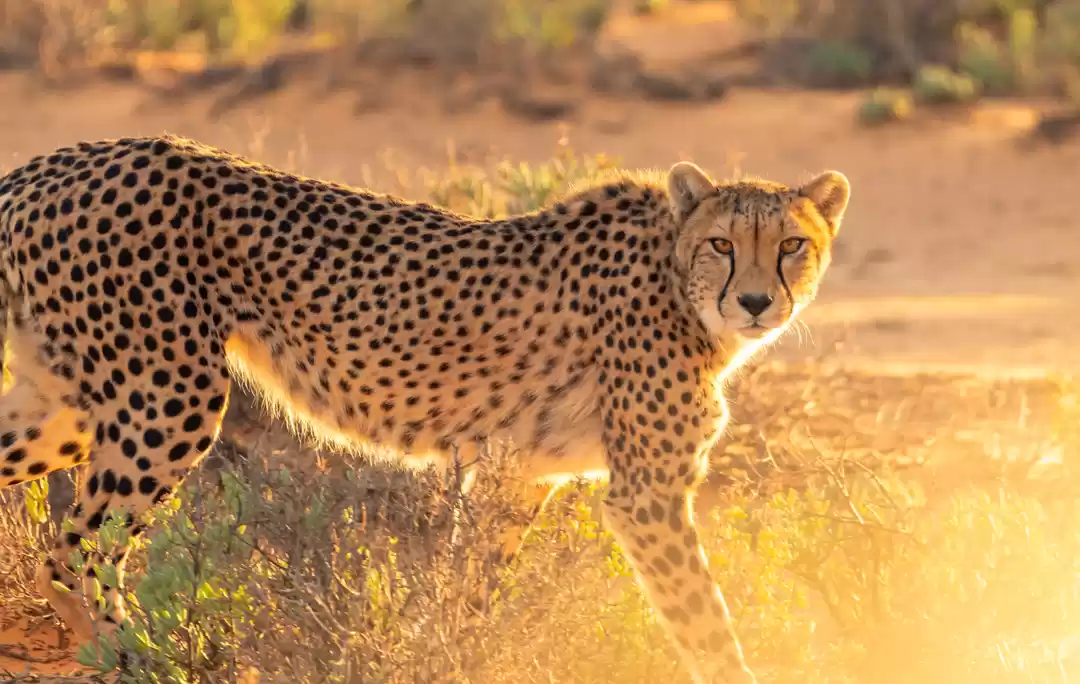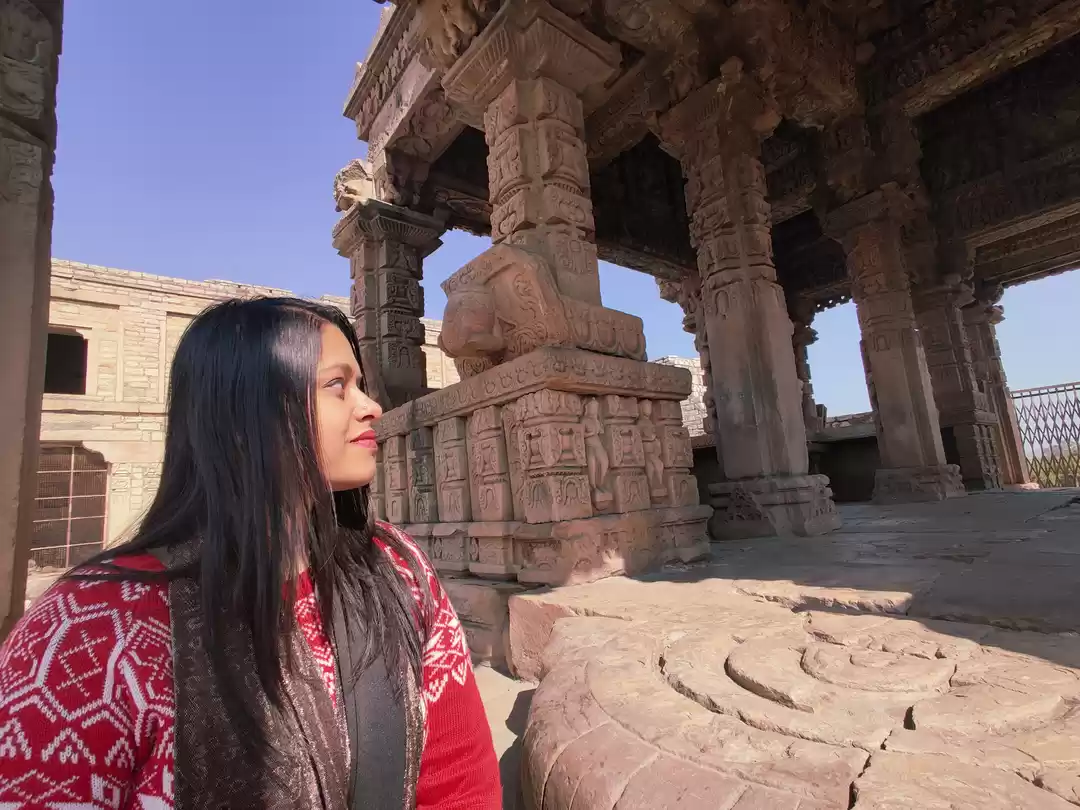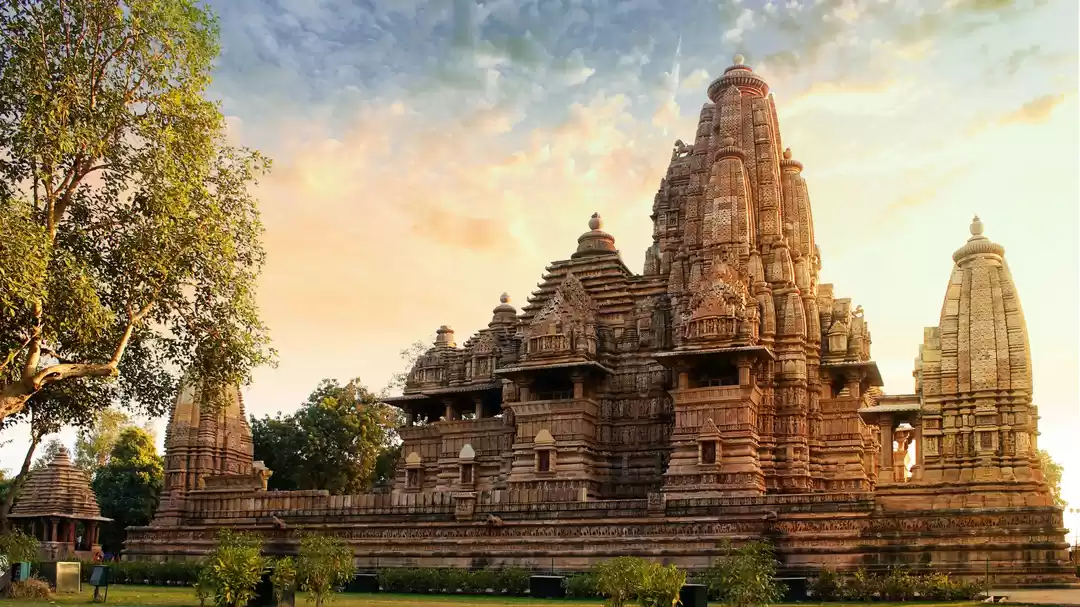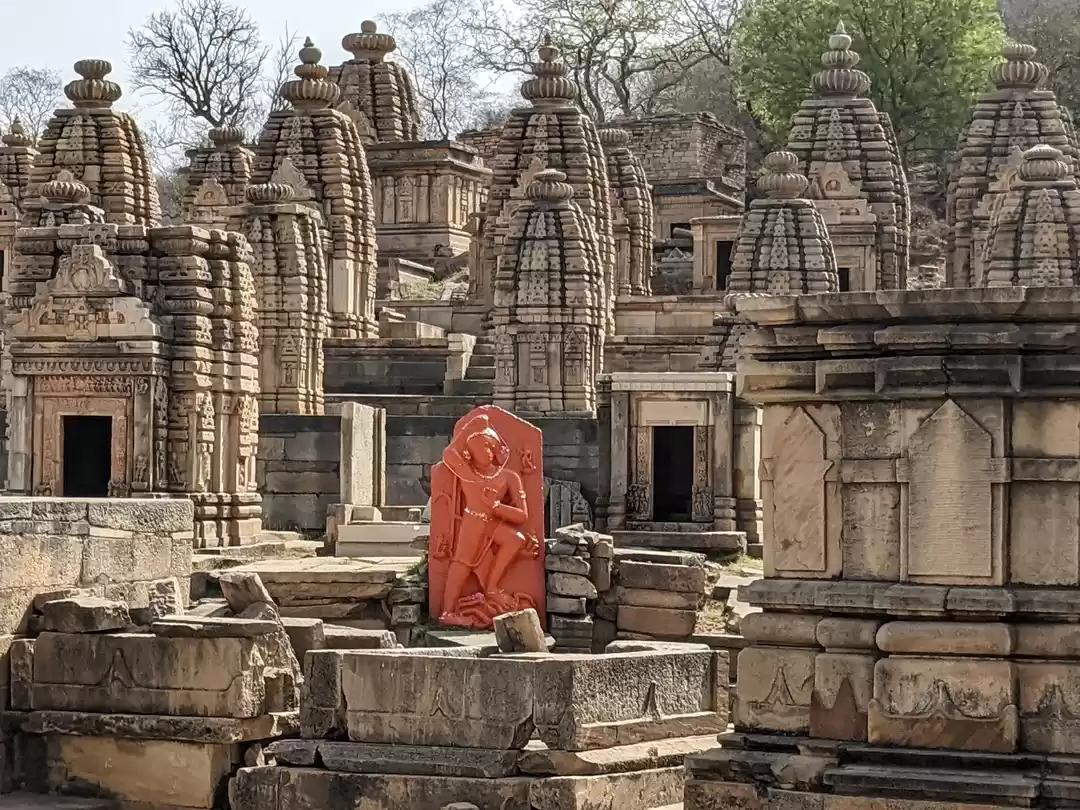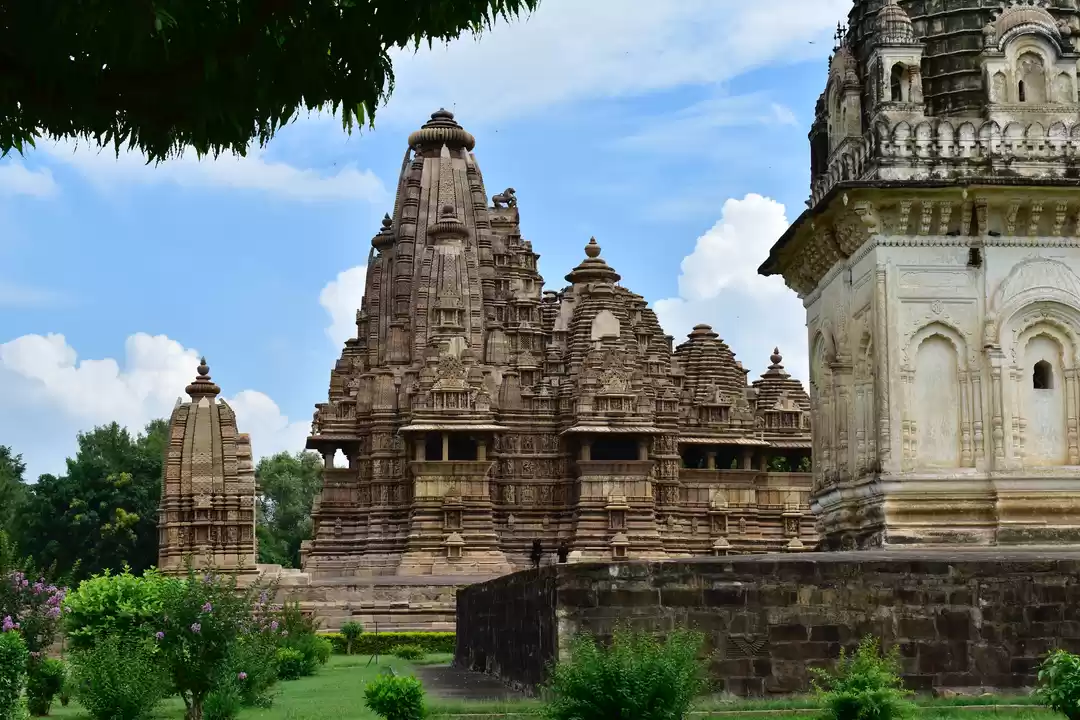
Madhya Pradesh is the heart of India. Originally known as Malwa, the place has nurtured some epic rulers and warriors as well, like Emperor Ashoka, Chandragupta, Vikramaditya, Harsha Vardhan, Raja Bohoj and many others.
A long, revealing history forged by these great men is preserved in book and ink.
The place has a subtropical climate, much like North India.
The state has intact connectivity with railway and airways; tourist would not find travel distress of any sorts.
Here is a brief education about the heart of India and its contribution to the overall Indian culture
Art


The fine artworks, hurled right from the heart of the nation endure a worldwide audience.
This innate talent helps in producing handicrafts like - Woven cotton or silk sarees, fabrics with block prints, stuffed toys, floor coverings, bamboo work, cane work, jute work, woodcraft, iron craft, stone craft, metal craft, terra cotta, zari work, folk paintings, ornaments, dolls and papier-mache.
Apart from the above, it is much known for the uncanny work of Gond painting and the traditional carpets of Gwalior.
The other crafts like bamboo and jute work are widely traded in the local bazaars.
Here are some bazaars; you need to shop from:
Bhopal: Mrignayani Emporium at Hamidia Road and Handicrafts Emporium for carpets and Dhurries, Chowk Bazaar for silver antiques and jewellery, TT Nagar Traditional Handicrafts
Indore: MT Market for Zari work, Jail Road, and the Top Khana for Papier-Mache Articles, Terracotta Pieces, and Wood-Carved Objects
Ujjain: Outside Mahakal Temple for lacquerware, and beadwork
Gwalior: Patankar Bazaar near Rajwara and Laskar for Handicrafts, Chowk at Bara for Saris
Food

Madhya Pradesh has a culturally defined cuisine which varies from region to region.
The meals include both Veg and Non-Veg dishes depending on the locality.
The traditional dishes like kusli, lavang lata, jalebi, pilaf with peas, Indori puri palak ki, baflas, kebabs, and biryani are ruling the heart and the stomach of our country.
Bhopal will feed you with its spicy kebabs, biryani, korma, fish, meat, and keema.
Indore and Gwalior will serve some creamy dishes prepared from milk, Bafla is one from many cooked from wheat, ghee, and milk.
The pure vegetarians could have a taste of Bhutte ki kee, a dessert prepared with milk and corn.
Dance

The vibrant colours, unique attires, and melodious music make all the folk dances in Madhya Pradesh exquisite.
Gaur, Muria, Sugga, Saila, Karma, Kaksar, Chithirai Festival dance are notable and have their connotation.
Each dance is followed by a complete set of male and female jewellery, steaming curiosity.
Gaur Dance imitates the moves of a vicious Bison, representing the hunting spirit of the tribal people.
Sing Marias or the Tallaguda Marias. Males carry flutes and drums, with peacock feathers and were horns like a bison.
Soon female dancers join with their colourful beaded necklaces and rhythmic moves. Saila is a dance with a stick.
The dancers hop on one leg holding on to their adjacent dancer.
This dance got deep roots among the people of Sarguja, Baitul and Chhindwara districts.
Sugga dance is the dance of the parrots.
Women widely accept the trait; they tap their feet and imitate the moves of a parrot. They also bend and jerk their heads like a bird.
A wooden clapper called Thiski is used to create rhythm and dummy parrots are placed on wooden bases for the performance.
Karma dance is performed on the festival of Karma, in August.
This is one of the oldest dance forms of the Adivasis of Madhya Pradesh. Karma dance features numerous variants; some of them are Jhumar, Ghatwar, Ektaria, and Pendehar.
Architecture

Madhya Pradesh has encountered each religion and every reign that India ever homed.
Whether it's the oldest Hindus, beard Muslims, meditating Buddhists, or elite Englishmen, the land has cultivated them all.
The same is visible while exploring the monuments. Forts, temples, caves, tombs, stupas, reservoirs you will meet them all.
Khajuraho Temples are the reflection of real Nagara Architecture.
The site is reputed amongst UNESCO world heritage sites.
The structure of Sanchi Stupa was constructed by King Ashoka to preserve the teachings of Lord Buddha.
The hemispherical dome is a perfect round and tells the tales of the great Mauryan dynasty.
Jahaz Mahal, is an establishment preserving its literal meaning, "Jahaz" means Ship and "Mahal" means fort.
The place is surrounded by a pond, giving a real look of a palace floating in the water! The site was built as a Harem to 15000 women for Sultan Ghiyas-ud-din Khilji in the 15th century.
Jai Vilas Palace is a blend of British-Italian architecture.
Hoshang Shah's Tomb is believed to be the first-ever marble architecture made.
Jewellery
Artists in Madhya Pradesh design beautiful gold and silver jewellery studded with precious stones and pearls.
These ornaments jewellery with the enamel work which makes them look jewellery.
Lac bangles and jewellery is the sunshine of Indore and Rewa Jewelry markets.
The Goldsmiths forge chokers, bead, chains, earrings, and hair ornaments in the traditional designs, their forte being the Mangalsutra and Hansuli.
In Bastar, the use of grass, beads, and cane is excessive.
The ornaments are spectacular in terms of their colour, size, and variations.
The widely held accessories of the women in Bastar are Khilli wala Kada (wrist), Daal and kavali (bangles), Taagali (necklace), Paan Wala haar (necklace), Jhumki (earrings), finger rings in spiral forms and toe rings like Bichua, Angootha, and kandora.
The tribal women even wear necklaces sewed with one rupee coin.
Music

The musical lineage of Madhya Pradesh is nurtured all over the state in the forms of classical, folk and tribal music.
The tribal people of Bastar truly could sing their way through every problem.
They fashioned music from leaves, fruit seeds, pots, pans and so on.
The instruments used by them are extraordinary itself.
Singha might just be the first instrument ever forged by man, Pungi or been is popular with Jogis and snake charmers in India, Marias are richly ornamented brass trumpets and other Percussion, Auto phonic instruments are broadly used.
Madhya Pradesh's arsenal is filled with folk songs.
Every song has a story to tell, just sit back and close your eyes, every note tells a tale of sacrifice, love, and duty.
The folklore of Dhola Maru is commonly sung around the regions of Malwa, Nimar, and Bundelkhand; it's about the Dhola Maru's story of love, separation, and reunion.
The melodious music of Chang and Dhaf is readily played in the parts of Mandla, Malwa, Bundelkhand and Nimar, the music is magnetic.












